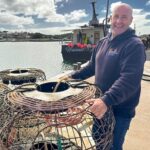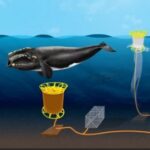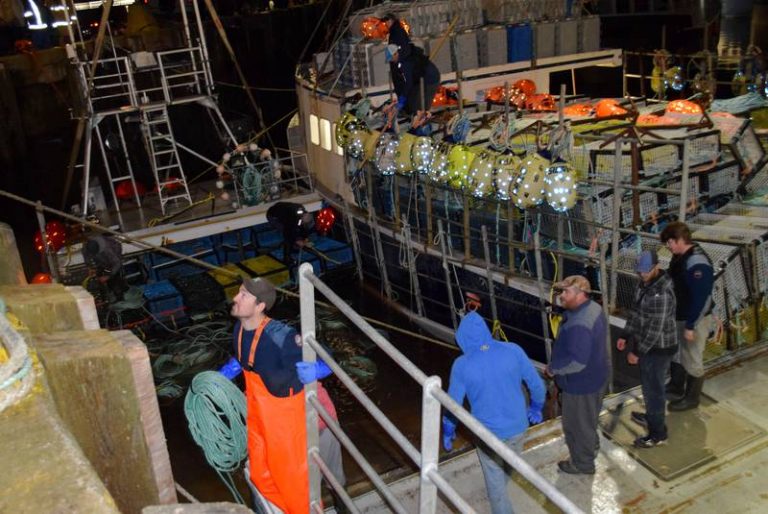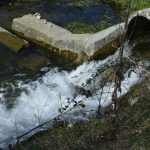Tag Archives: hydroelectric dams
Klamath River and its salmon free-flowing after final two dams breached in California
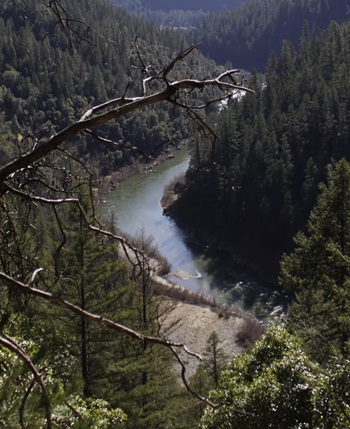 After more than a century of being blocked by a series of dams, the Klamath River is once again free flowing after two cofferdams in northern California were breached on Wednesday, according to the office of Governor Gavin Newsom. Letting the river flow without being constrained by dams gives native fish species, like steelhead, coho and Chinook salmon a chance to regain access to more than 400 miles of spawning and rearing habitat on the Klamath and its tributaries in California and Oregon. It allows Native American groups in the region like the Klamath, the Yurok and Karuk Tribes to regain access to culturally important food sources. The river was once a major habitat for salmon, but construction of hydroelectric dams in California and Oregon over the last century took a toll on water quality and reduced the population of the fish, which have to migrate to the Pacific Ocean, then return upstream to reproduce. The four dams on the river made that journey much more difficult. more, >>CLICK TO READ<< 10:54
After more than a century of being blocked by a series of dams, the Klamath River is once again free flowing after two cofferdams in northern California were breached on Wednesday, according to the office of Governor Gavin Newsom. Letting the river flow without being constrained by dams gives native fish species, like steelhead, coho and Chinook salmon a chance to regain access to more than 400 miles of spawning and rearing habitat on the Klamath and its tributaries in California and Oregon. It allows Native American groups in the region like the Klamath, the Yurok and Karuk Tribes to regain access to culturally important food sources. The river was once a major habitat for salmon, but construction of hydroelectric dams in California and Oregon over the last century took a toll on water quality and reduced the population of the fish, which have to migrate to the Pacific Ocean, then return upstream to reproduce. The four dams on the river made that journey much more difficult. more, >>CLICK TO READ<< 10:54
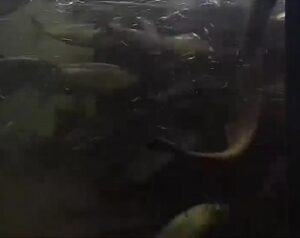
Environmental groups withdraw lawsuit over last Maine salmon
A coalition of environmental groups said Monday it is withdrawing a lawsuit against a renewable energy giant that it has accused of jeopardizing the last remaining wild Atlantic salmon in the U.S. The groups sued Brookfield Renewable, claiming the company kills salmon on the Kennebec River with its dams. Atlantic salmon only return to a handful of U.S. rivers, all in Maine, and they are protected under the Endangered Species Act. The conservationists were dealt a setback last month when the federal government ruled the salmon can coexist with hydroelectric dams on the Kennebec, as long as upgrades are eventually made to allow salmon to pass through the dams more easily. >click to read< 12:15
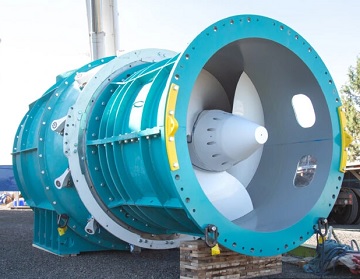
The New Generation of Hydropower Dams Let Fish Swim Straight Through
The journey between the States and the Sargasso Sea is complicated not only by the trawling nets of fisherman, but the steep concrete walls and sharp steel turbines of hydroelectric power plants, over 900 of which are located within the native range of the American eel. Such dams provide huge amounts of emissions-free energy to the US, making them an essential tool in fighting climate change. Allowing fish to safely pass directly through turbines is a new frontier in making dams fish friendly. Thus far, Natel has completed three hydro installations: in Oregon, Maine, and Austria. >click to read< 09:24
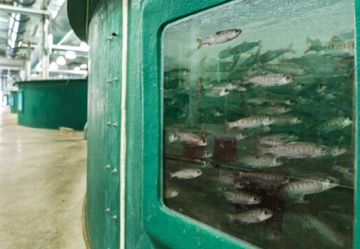
The U.S. Has Spent More Than $2 Billion on a Plan to Save Salmon – The Fish Are Vanishing Anyway.
The Carson National Fish Hatchery was among the first hatcheries funded by Congress over 80 years ago to be part of the salvation of salmon, facilities created specifically to replace the vast numbers of wild salmon killed by the building of dozens of hydroelectric dams along the Northwest’s mightiest river, the Columbia. Tucked beside a river in the woods about 60 miles northeast of Portland, Carson has 50 tanks and ponds surrounded by chain-link fencing. They sit among wood-frame fish nursery buildings and a half-dozen cottages built for hatchery workers in the 1930s. Today, there are hundreds of hatcheries in the Northwest run by federal, state and tribal governments, employing thousands and welcoming the community with visitor centers and gift shops. The fish they send to the Pacific Ocean have allowed restaurants and grocery seafood counters to offer “wild-caught” Chinook salmon even as the fish became endangered. photos, >click to read< 16:58
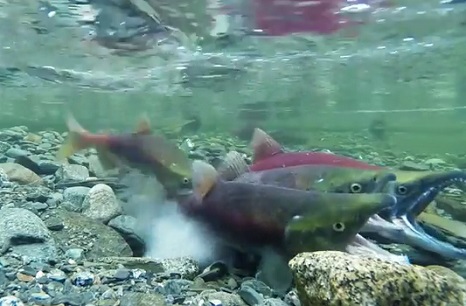
GOP congressman pitches plan to breach Lower Snake River dams in new vision for Northwest, Salmon
Could Congressman Mike Simpson, a Republican from a conservative district in eastern Idaho, have launched a concept that will forever alter life on the Columbia and Snake — and finally honor tribal treaty fishing rights in the Columbia Basin? His proposal includes removing the earthen berms adjacent to all four Lower Snake River hydroelectric dams to let the river run free, to help save salmon from extinction, while spending billions of dollars to replace the benefits of the dams for agriculture, energy and transportation.,,, Simpson is careful to point out that what he has released is an overall concept that provides only broad spending targets for key initiatives. What he wants is a regional conversation about a new vision for the Northwest. What if we stopped debating whether the Lower Snake River dams are valuable, and recognize that they are, then figure out together how to replace those benefits? video, >click to read< 14:15
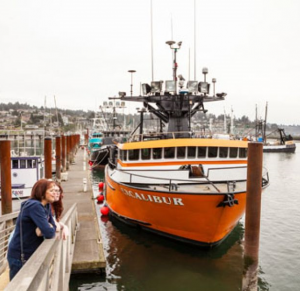
Salmon decline reveals worrisome trend
The sad story of an orca carrying her dead calf for 17 days off the Washington coast this month has garnered global attention to the plight of killer whales in the region. It has also highlighted the steep decline in the region’s salmon stocks, the resident orcas’ sole food source. ,, That is because the availability of Pacific Ocean salmon has been trending low for the past decade. The total pounds of chinook salmon caught off the Oregon coast in 2017 fell 40% compared with the year before, according to Oregon Department Fish & Wildlife (ODFW) data. Between 2014 and 2017, total pounds caught dropped 80% and the value of the catch dropped 72% to $5 million. Drought in California and nutrient-starved ocean conditions are blamed for the decline. >click to read<16:15
Study: Less than 3 percent of eels survive Ontario dams
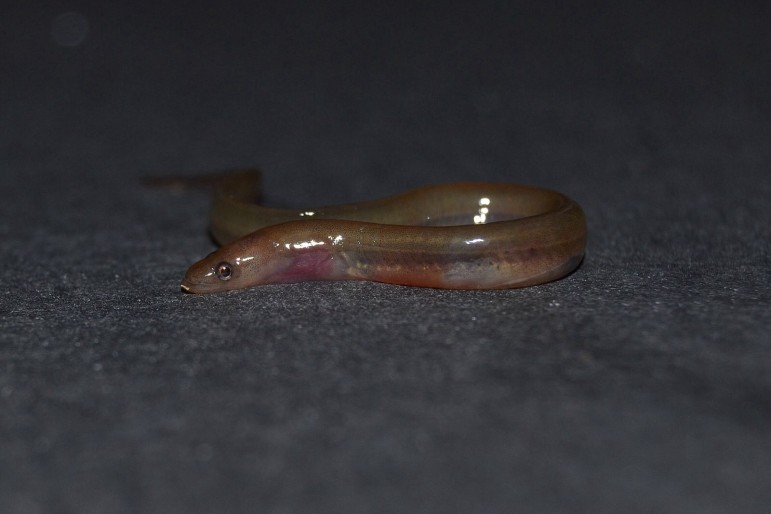 The study, published by the American Fisheries Society in one of their symposium series, Managing the Impact of Human Activities on Fish Habitat: the Governance, Practices and Science in June 2015, looked at eels in the upper St. Lawrence River, Ottawa River and Lake Ontario watersheds in eastern Ontario. It examined the cumulative effects of hydroelectric dams on the eels and projected that only 2.8 out of every 100 eels would survive passing through them as they traveled through the Mississippi and Ottawa Rivers to the Upper St. Lawrence River. Read the rest here 10:56
The study, published by the American Fisheries Society in one of their symposium series, Managing the Impact of Human Activities on Fish Habitat: the Governance, Practices and Science in June 2015, looked at eels in the upper St. Lawrence River, Ottawa River and Lake Ontario watersheds in eastern Ontario. It examined the cumulative effects of hydroelectric dams on the eels and projected that only 2.8 out of every 100 eels would survive passing through them as they traveled through the Mississippi and Ottawa Rivers to the Upper St. Lawrence River. Read the rest here 10:56



































